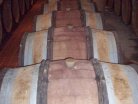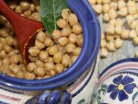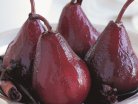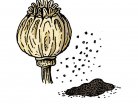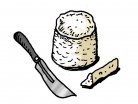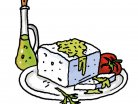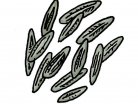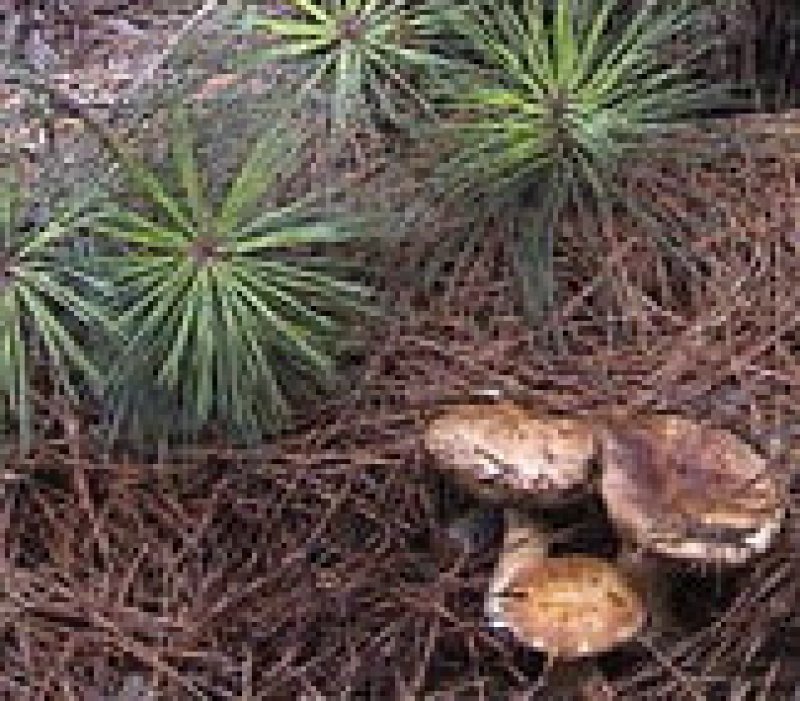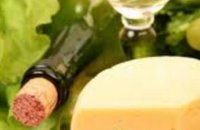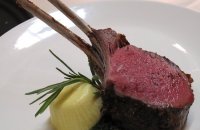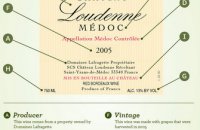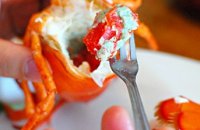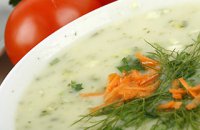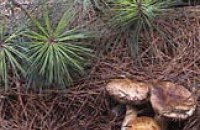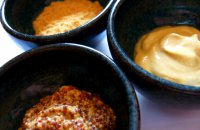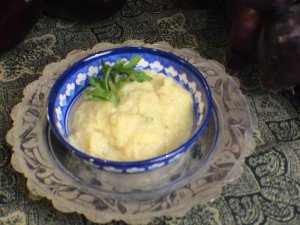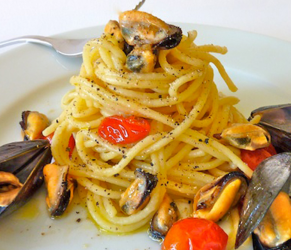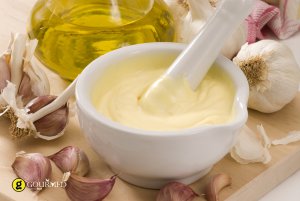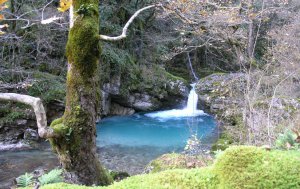Although they were highly prized in antiquity, mushrooms do not enjoy the reputation they deserve in today’s world. For the older generation, mushrooms are reminiscent of the difficult years of privation. Similarly, the ingredient is generally disregarded in the cuisine of today’s youth.
But because mushrooms are so rich in nutrients, their neglect is truly a pity. They are a substantial source of protein, while lacking in the toxins and fat that meat more often than not entails. Furthermore, they contain metallic salts and trace elements, both of which are essential within the healthy diet. Interestingly, the apricot-colored species of cantharellus cibarius ('alafitia' in Greek) contains gold.
Perhaps we avoid consuming mushrooms because we have heard that, of the 4,000-5,000 kinds of fungal flora existing in Europe, only about 300 are edible. Yet it is still a shame that we do not seek out the edible ones as much as we could. Although they grow so abundantly throughout our country, we Greeks usually just buy them imported in jars and tin cans, sometimes frozen.
Should you lay a deep layer of manure, directly on the roots of the tree and water it regularly with running water, the mushrooms that will grow are not harmful. I would recommend that you cut only the stout ones (root and branch) not the puny ones, for these are not tasteful and have the potential to cause harm. Mushroom picking requires considerable caution and care, given that some of varieties are deadly when consumed.
Here are some basic principles for mushroom picking:
Always carry a twig and some paper bags as well as a cane when picking mushrooms, in order to clear the stems of leaves or soil. It is crucial that you have full optical contact in order to clearly recognize the mushroom.
A large bulbous projection at the base of the stem is an indication of the mushroom’s poisonous potential.
The deadly mushrooms of the amanita family can grow near edible mushrooms so it would be smart to bring paper bags to separate the familiar mushrooms from those we are uncertain about and from those unknown to us. The latter varieties may be taken to our local pharmacist who will, in most cases, have studied them and can differentiate them.
Never place mushrooms in plastic bags because they rot rapidly when they have no contact with the air.
Never touch an unknown species with the naked hand due to the danger of infecting the edible ones that might be touched later on. There is also always the danger of putting your hand in your mouth, which in itself is something that could cause poisoning.
Beyond the edible varieties there are also pharmacological ones which trigger dangeous side effects when consumed. Some may not be eaten raw and others are known for their narcotic substances. Examples of such mushrooms are ones with prominent red or brownish caps and white dots (called either amanita pantherina or amanita muscaria), fly agaric -a hallucinogen, and the narcotic species known as the "crazy mushroom" ("trelomanitaro"). This was used in the popular medicine of Eastern Thrace against fever, convulsions and withering. It should be noted that some mushrooms of the coprinus family become indigestible when consumed with alcohol. Thus, they have been used in the detoxification of alcoholics, causing them to vomit and suffer belly aches following the consumption of alcohol.
There are a variety of edible mushrooms in Greece:
The one which has become legendary is the one known as the "lamb", or "arni" and "arnaki" in Greek (Hericium erinacues), usually found at the base of oak trees. It is a white mass with white to yellow hairs, edible only when young and considered a thousand times more delicious than liver.
A second impressive and rare species is the "ox tongue" or "voidoglossa" (Fistulina hepatica). It grows in summer and autumn months on the trunk of chestnuts or oaks, on the wounds of the trees, and causes the rotting of their wood. It is quite a delicacy but is only eaten young when its pores are a creamy white color, before they begin to redden. It is fried in thin slices like a hamburger.
Beyond these two rare species there are many more to be found in plains and among weeds, such as the lycoperdon giganteum ("poporda" or "lycopordes") which is shaped like a white handball. Simiarly, the smaller, but of the same shape, scleroderma vulgare ("kailofouskes") or lycoperdon ("pouses") is not only edible, but quite tasty. When ripe, a fine dust containing the spores of this variety is emitted with the slightest pressure of wind or rains from a tiny hole at its top, resembling a spout of smoke. These two varieties are only eaten when they are young and all white.
The better known small white mushrooms, or "buttons" (agaricus campestris) grow in areas frequented by animals. Their cap opens like an umbrella when they grow and they have pink blades underneath which darken as the mushroom grows.
Because of the manure they are found in, they are cooked after cutting off the soiled part of the stem, and after we've washed them with plenty of water. They are eaten raw, baked, fried or cooked. They make excellent appetizers when fried with olive oil, garlic and parsley, and can also be used in soups, pies, or sauces. This variety is most common, given that it grows in almost all soils, even sand.
In the plains and mountain meadows throughout Greece, we also find "alecates" or "alekatites" (macrolepiota procera). This variety is tasteful but not considered to be of the highest quality. Only their caps, resembling Japanese umbrellas, are edible, as indicated by the trails left behind by the goats that graze on them.
However, the most tasteful mushrooms are hidden deep in the forest. The king of mushrooms, known to the Greeks as "kastanomavro" (boletus badius), grows after the first showers in September. The even rarer mushroom known as "kaloeratsi" or "kalogero" (boletus edulis), a variety renown in France as the "cepe de Bordeaux" or the "porcini" of the Italians, can be found in the abandoned, secluded areas of the woods.
In the last few years, large-scale export of the "volites" has been taking place in Macedonia and Epirus at the hands of foreign and domestic traders. The "volites" are sauteed in butter, garlic, and parsley, or cooked in a casserole like meat, and then finally served with rice or spaghetti. They dry easily and make a tasteful addition to several foods in their powdered form.
A word of caution: mushrooms are a very sensitive life form and must be consumed fresh. A good modern way to preserve them is to freeze them after they have been cleaned and washed. This way they do not lose their taste when cooked frozen.
There has been much to-do lately regarding the radioactive substances sometimes contained in mushrooms; primarily within those imported from Poland and from areas of Western Europe where the waters are polluted to a degree that in some cases the picking of mushrooms is forbidden. And this is all the more reason to opt for delicious Greek mushrooms.







